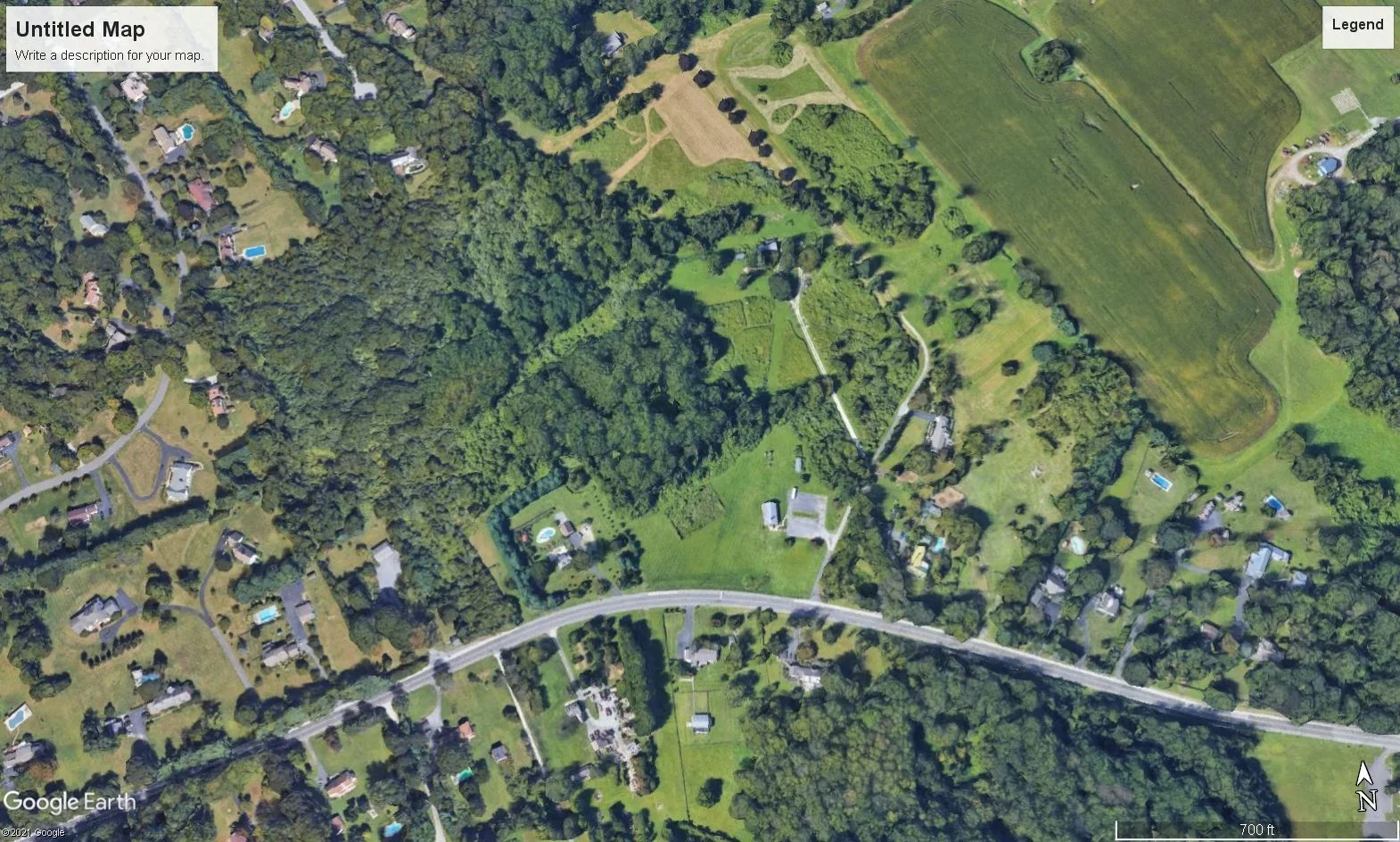
Site Selection Process
Selecting a Site for the New Elementary School
The school board and district administration evaluated 23 potential sites for a new elementary school over two years. With a commitment to neighborhood schools as a guiding principle, Rose Tree Media School District considered various factors in its evaluation that primarily focused on new residential developments within district boundaries, where existing elementary students reside, schools experiencing the most challenges due to increased enrollment, and the locations of its current schools.
Other priorities in the site selection process included:
Location.
Property size.
Property cost.
Site attributes, such as safety, accessibility, entry points, utilities, drainage, soils, and environmental integration.
Transportation impacts, including the time a student would spend on a bus, the number of buses needed, and the impact on staff to facilitate student transportation.
Timeline to develop the property.
With input from external consultants, review by the school board and district administration, and direction and support from Edgmont Township officials, a location near 1501 Middletown Road in Edgmont Township was selected as the best option for a new elementary school.
Why Edgmont Township?
A new elementary school in Edgmont Township meets the educational needs of the Rose Tree Media School District and serves the growing number of students who live in an area of the district that does not have an elementary school.
Most students (80%) attending the new elementary school will come from new residential developments in the Edgmont Township area. A new elementary school in the township addresses enrollment demands and minimizes the number of students impacted by attendance boundary changes.
Edgmont Township is the only area in the Rose Tree Media School District that does not have a public school.
Students from Edgmont Township currently spend over 45 minutes each day (about 8-10 hours a week) on a bus to attend school. A new elementary school closer to their homes will eliminate the need for students to travel long distances to school, providing more time for them to play, spend time with family, and study. It will also reduce the district’s transportation costs.
Neighborhood schools can act as a hub connecting students, educators, and community members and provide a space for community events and activities. Strong schools can attract families and businesses, increase investment in the local economy, and have a positive impact on property taxes.


